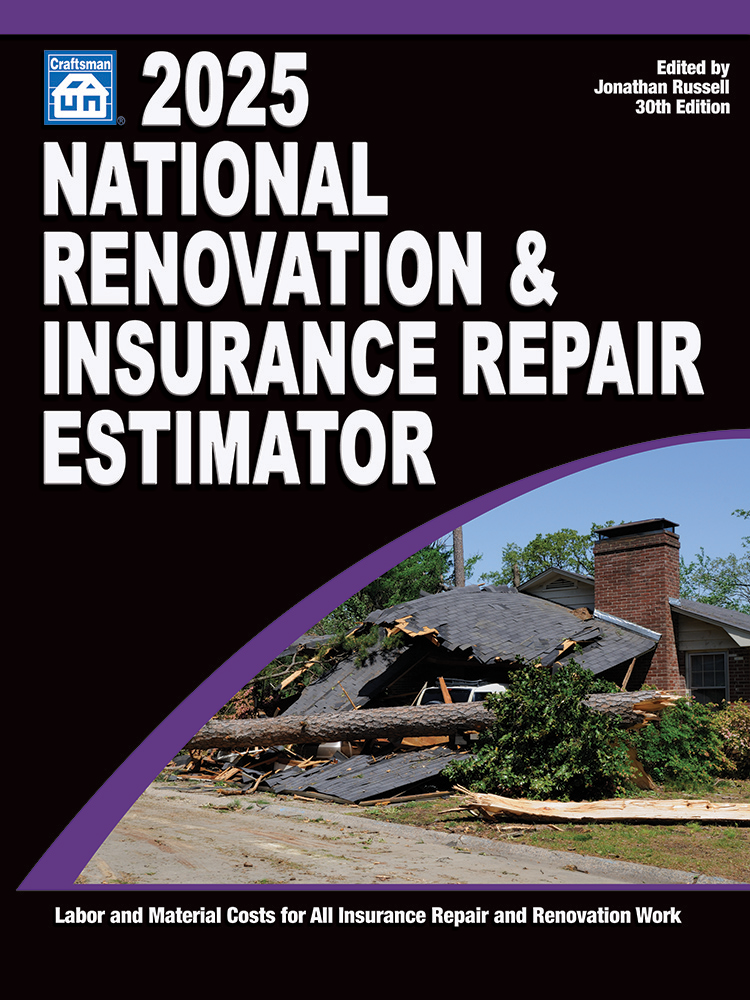Today’s Insurance Market for Restoration and Remediation Contractors

There are significant changes in the insurance marketplace in store for restoration contractors in 2019. These changes will adversely affect many restoration firms, some a lot more than others. The good news is if you know the changes are coming, you should be able to avoid significant insurance availability issues and/or premium increases in the coming years. In this article, I will detail the changes underfoot in the insurance market for restoration firms and lay out the options to get ahead of the impending insurance cost and availability problems many restoration firms will face over the next few years.
Here is what the future holds in 2019:
- Material insurance rate increases for General Liability and Environmental Insurance.
- Tighter insurance requirements and verification of compliance.
- Customer requests for higher limits of liability.
All of this will happen in the face of decreasing availability of business insurance options as history repeats itself. Insurance companies that sold policies for too little premium over the past few years are running from the restoration class of business the same way they did in 2002 when the “toxic” mold insurance crisis made finding liability insurance difficult.
A lot of the change in the insurance marketplace for restoration contractors is due to poor loss ratios. A loss ratio is calculated by taking the total money paid out for claims divided by the total dollars contractors paid for their insurance. When it comes to restoration contractors, insurance companies have paid out much more for losses than anticipated; in fact, some paid more in claims expenses than they actually brought in in premium dollars.
Premium Shortage
It turns out restoration firms have been paying about 30 percent less than insurance companies needed to charge to pay the losses under the liability insurance policies sold to restorers. However, the 30 percent insurance rate deficiency was not evenly distributed between all of the different types of work performed by restorers. The build-back component was paying about one-third the insurance rates commonly charged for a regular remodeling contractor. That means the restoration build-back work was being charged one-third of the premiums needed for the insurance company to make a reasonable profit. It also means to get back to par, the insurers need 300 percent rate increases on the build-back work, which they know they cannot charge. So, most of the hot insurance markets of 2016 will not be selling insurance policies to restoration firms in 2019.
In contrast, the insurance pricing for mitigation work looks like it is only 20 percent underpriced for insurance companies to hit their minimum profitability targets. As a result, you will likely see insurance rate increases of 10 percent to as high 100 percent from the established insurance companies still in the restoration contracting insurance space. The amount of premium increases for individual firms will largely depend on the mix of build-back work to mitigation work.

Continued access to liability insurance is not guaranteed for restoration firms. The hotly competitive insurance marketplace for restoration contractors over the past 10 years is waning. It is interesting for me to observe history and predict the future insurance marketplace based on that history. I wish I could predict the stock market with such precision. In the November, 2012 edition of R&R, I listed specific insurance companies that were selling customized insurance packages to restorers. One observation I made is insurance companies were not charging enough premiums to cover the ultimate losses they would need to pay. I also predicted the aggressively-priced insurance companies would get out of the business as a result. As predicted in 2012, half of those insurance companies mentioned in the 2012 article no longer want to insure restoration firms at all. Over the past three years alone, six of the top nine insurance companies selling liability insurance policies to restoration firms are no longer seeking new restoration contractor customers.
While some companies are gone from the space all together; others are increasing minimum premiums or implementing stricter underwriting guidelines, only accepting firms that have never reported a loss, for example. One big-name carrier who aggressively wrote restoration contractors in the past has added both mold abatement contractors and fire/water restoration firms to their automatic decline list; in other words, they won’t even consider writing these types of contractors any more at any price.
There is some good news. There are a handful of specialized insurance companies still offering high-quality coverage that actually meets the common insurance requirements in contracts at reasonable rate increases, relative to the losses being paid. Despite the underpricing phenomenon being realized by veteran insurance carriers, we still continue to see new entities offering the same, unsustainable low premiums as well. This may all seem fine and dandy and, in a way, it is. However, constantly switching insurance companies and going with the “flavor of the day” can create other more costly problems for the restorer.
For one, some of the insurance policies sold by carriers new to the restoration contractor marketplace simply don’t work very well. In one recent example of this found through an audit, we discovered an insurance company new to the restoration space that sold a Commercial General Liability (GL) policy with a mold/bacteria exclusion and a Contractors Pollution Liability (CPL) policy that didn’t cover mold or bacteria to a mold remediation contractor. Both policies left the contractor wholly uninsured for claims involving mold and Cat 3 water losses. In another example, I reviewed a CPL policy only insuring mold as a cause of loss. FYI, the worst claims in mold remediation come from inadvertent exposure to lead and asbestos.
Insurance and Direct Repair Networks (aka TPAs)
Both insurance programs were basically junk but they were inexpensive. In both cases, the contractor was working for a direct repair network and the network blew the whistle on defective insurance. In both cases, the contractor’s insurance agent was unaware of the major coverage glitches, and the contractor was red-lighted by the networks for being in breach of contract.
Carriers new to the restoration class of business often have issues complying with insurance specifications, especially for direct repair networks. The last thing any contractor wants is to be held up from getting a job simply because their insurance isn’t quite right. The costs of being red-lighted for new work can quickly overshadow premium savings.
The major direct repair networks and a few enlightened franchise companies are actively working to make sure their contractors and franchisees have proper insurance, and involvement of the TPA as an Additional Insured. The most common error insurance agents make when it comes to complying with the insurance requirements of direct-repair network is ineffective Additional Insured (AI) endorsements. When an AI endorsement is not done right (which is 90 percent of the time), the contractor becomes the insurance company for the property owner’s insurance company and the network, through the indemnity provision in the contract with the network. Most restorers working in those networks and their insurance agents are oblivious to that reality.
As the direct repair networks and franchises tighten up on complying with their insurance specifications, some insurance policies sold to restoration firms will become obsolete, forcing the restorer to look for a new insurance home in an already distressed insurance marketplace.
Getting the Right Coverage is Possible!
The sky is not falling when it comes to buying good insurance from a reputable insurance company. There are a handful of stable insurers that actually know what they’re doing in the restoration space. They have insurance policies specifically designed for restoration contractors and the policies comply with most insurance specifications right out of the gate. These are insurance companies that have been servicing the restoration industry for many years and plan to do so into the future. However, these long-term players are adjusting their rates to cover their losses.
Distinguishing between these stable carriers and the “flavors of the week” isn’t always easy. One of the best ways to make sure you’re getting with a good stable carrier is to work with an insurance agent or broker who has significant experience working with firms similar to yours. They understand what you do for a living and stay up-to-date with the changing insurance market.
My advice for firms currently with suspect insurance is to be proactive in making changes before an insurance compliance audit from a client trying to shore up their additional insured status in your insurance policy discovers the coverage shortfalls five days into your renewal policy. That is not a good time to be looking for replacement insurance policies that meet the contractual insurance requirements of your clients or the franchisor.
If the thought of managing your own business insurance makes you groan and causes your stomach to churn, you’re not alone. I make a living as an insurance broker specializing in insuring restoration contractors; I really enjoy that class of business. But I don’t get excited to go over my firm’s business owner’s policy or our errors and omissions insurance. This year, after having to pay an $8,000 Cat 3 water loss on our office space out of pocket, I fired myself as my firm’s insurance agent and hired specialists in office insurance policies to handle our insurance. That’s how much I like to deal with my own company’s insurance. It also shows how much I believe specialists are needed to handle certain types of insurance.
Don’t be discouraged by all this. Getting your insurance right can avoid a lot of future headaches and worry. Find a local insurance agent that specializes in contractors and insist the agent utilize the services of a specialized wholesale broker for your liability insurance. That team will place your insurance with a carrier that’s a good fit for your company and that has longevity in your class of business should a claim ever arise. Let the broker worry about the insurance marketplace for your industry so you can focus on running your business.
Looking for a reprint of this article?
From high-res PDFs to custom plaques, order your copy today!






